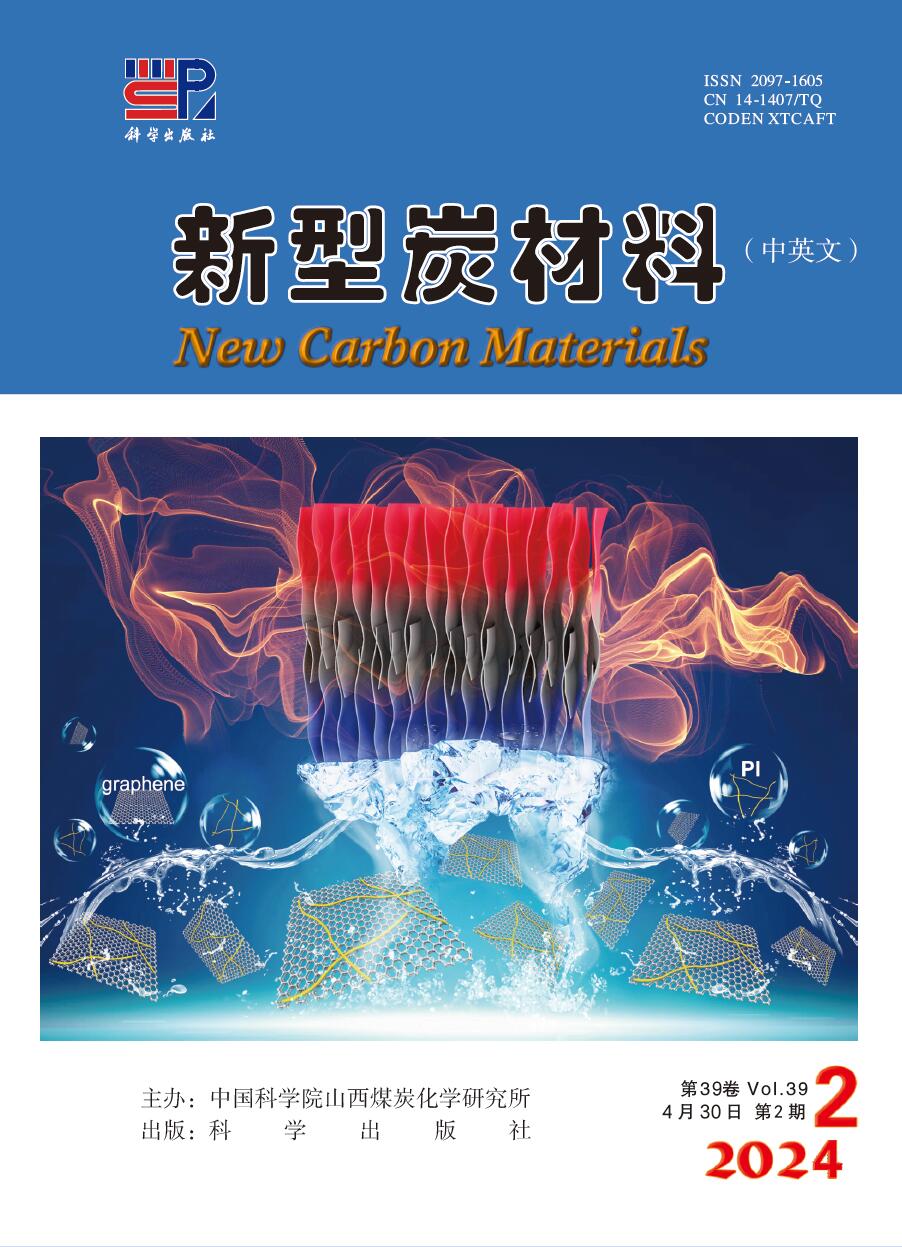2011 Vol. 26, No. 5
2011, 26(5): 321-328.
Abstract:
2011, 26(5): 328-334.
Abstract:
2011, 26(5): 335-340.
doi: 10.1016/S1872-5805(11)60085-1
Abstract:
2011, 26(5): 341-346.
doi: 10.1016/S1872-5805(11)60086-3
Abstract:
2011, 26(5): 347-355.
doi: 10.1016/S1872-5805(11)60087-5
Abstract:
2011, 26(5): 356-360.
doi: 10.1016/S1872-5805(11)60088-7
Abstract:
2011, 26(5): 361-367.
Abstract:
2011, 26(5): 368-374.
Abstract:
2011, 26(5): 375-380.
Abstract:
2011, 26(5): 381-388.
Abstract:
2011, 26(5): 389-395.
Abstract:
2011, 26(5): 396-400.
Abstract:


 Abstract
Abstract PDF
PDF

 Classified Collection
Classified Collection

 Email alert
Email alert RSS
RSS Download
Download Links
Links

